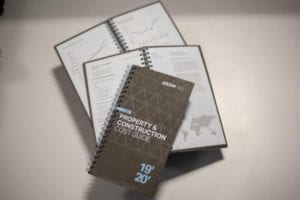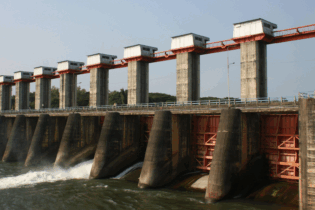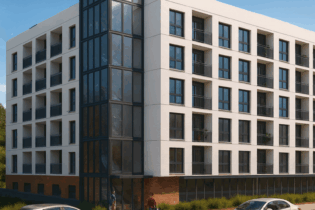Integrated infrastructure delivery company AECOM has launched its Africa Property & Construction Cost Guide 2019/20 in conjunction with its strategic partner, the Bureau of Economic Research (BER) at the University of Stellenbosch.
The Cost Guide forms part of AECOM’s commitment to improving project delivery by conducting unique research into the broader industry. “Our goal is to unlock the transformational change and innovation required to move the industry forward,” Director – PCC, Africa Dean Narainsamy comments. “In each of the 30 editions, we’ve shared our knowledge of Africa’s economy and construction sector, contributing to the wider discussion on how to unlock investment opportunities across Africa.” “The most well-read section in all editions remains the building cost rates for South Africa,” comments Director – PCC, Africa Dean Narainsamy. “Ranging from commercial and retail developments, to industrial and healthcare facilities, we share our insight into the inclusive building costs rates per metre squared, allowing our clients to quickly estimate the building cost of potential assets and ultimately its return on investment.” The Cost Guide notes that there is an ever-growing need to finance infrastructure on the continent.A number of countries are now prioritising this, following a realisation of the importance of industrialisation to not only maintain growth in their economies, but also to diversify by exporting goods and services.
This will generate much-needed jobs for an increasingly younger population. A developing industrial sector on the continent also requires more infrastructure investment, particularly in power, water, and transportation services, which are already over-stretched. Increased oil prices and the stabilisation of commodity prices have strengthened the forecast for GDP growth on the continent, with predictions of collective growth of 3% to 4% for 2019/20, and individual countries increasing by as much as 7% to 8%. Although some growth is evident in the construction sector in North Africa, this has been restricted to a few countries that have stabilised following the Arab Spring. In sub-Saharan Africa, there is steady growth in the infrastructure and construction sectors, as well as in East and West Africa. The Cost Guide concludes that Africa continues to grow, with a steady increase of larger infrastructure and construction projects coming to market that will provide the opportunities for investment and service providers for 2019 and beyond. AECOM employs 650 people in its Africa operations at present, with a project presence in over 40 countries. “With experienced professionals in multiple strategic locations, we understand Africa’s specific infrastructure needs, as well as the challenges inherent in working on our wonderfully diverse, vibrant, and complex continent,” Narainsamy concludes.







